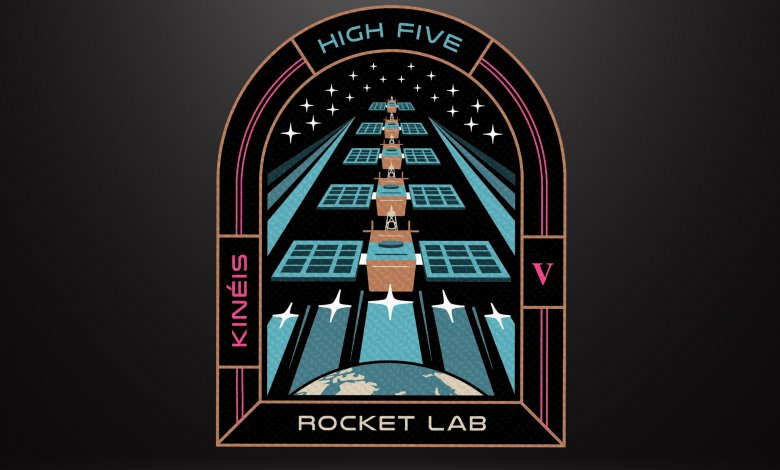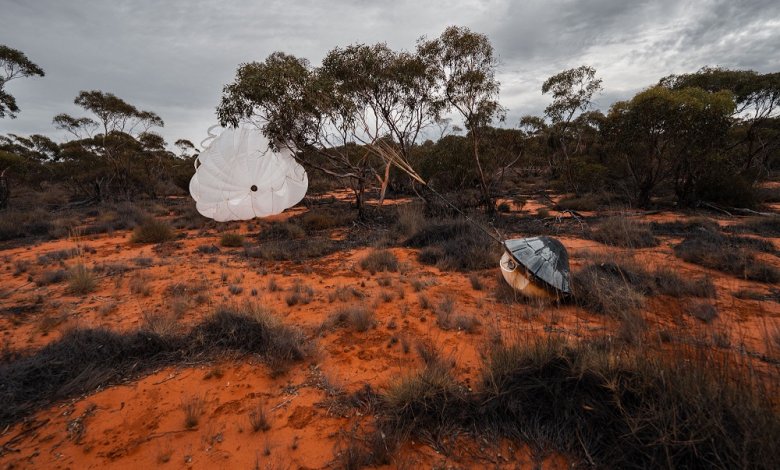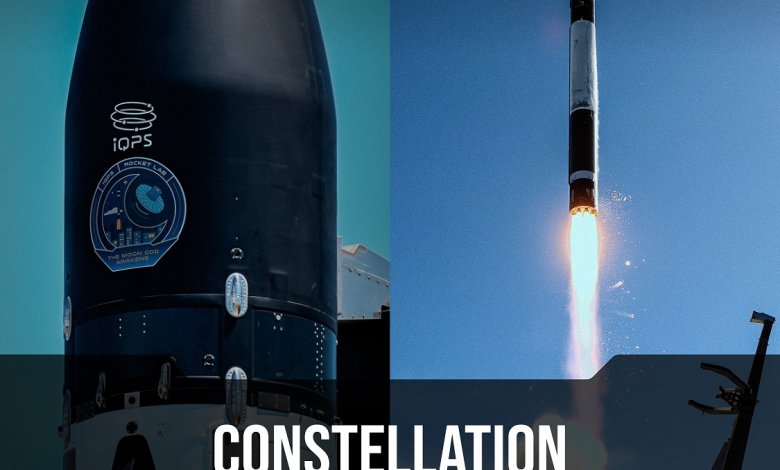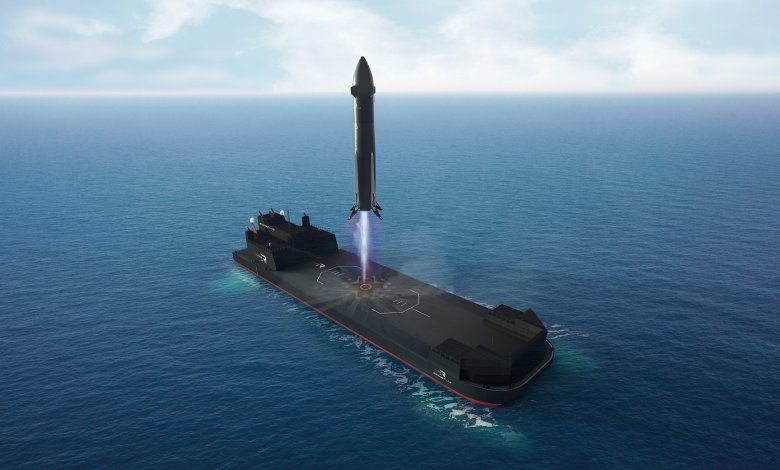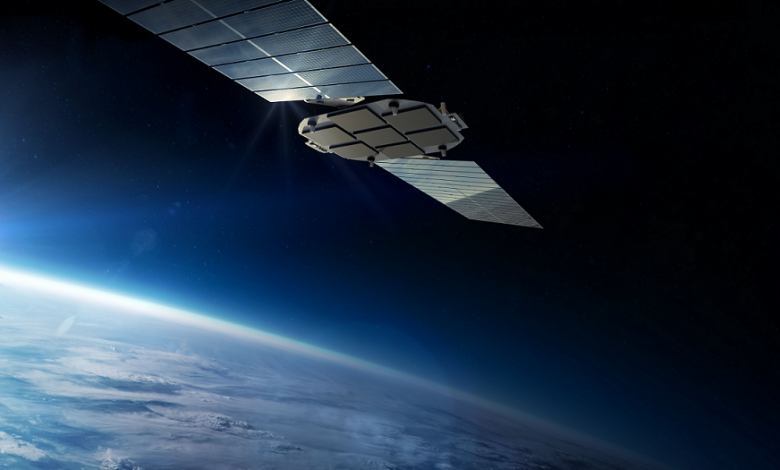Rocket Lab to deliver payloads to the Moon and beyond with Photon
Rocket Lab to deliver payloads to the Moon and beyond with Photon
Extended range Photon missions to medium, geostationary and lunar orbits will support deeper space exploration and the return of human presence on the moon
International Astronautical Congress. Washington DC. 21 October 2019 – Rocket Lab, the global leader in dedicated small satellite launch, has today unveiled plans to support extended range missions to medium, geostationary, and lunar orbits with the company’s Photon satellite platform.
Less than two years after opening access to low Earth orbit (LEO) for small satellites with the Electron launch vehicle, Rocket Lab is now bringing medium, geostationary, and lunar orbits within reach for small satellites. Rocket Lab will combine its Electron launch vehicle, Photon small spacecraft platform, and a dedicated bulk maneuver stage to accomplish extended-range missions and deliver small spacecraft to lunar flyby, Near Rectilinear Halo Orbit (NRHO), L1/L2 points, or Lunar orbit. These capabilities can then be expanded to deliver even larger payloads throughout cis-lunar space, including as high as geostationary orbit (GEO).
Rocket Lab Founder and Chief Executive, Peter Beck, says there is increasing international interest in lunar and beyond LEO exploration from government and private sectors.
“Small satellites will play a crucial role in science and exploration, as well as providing communications and navigation infrastructure to support returning humans to the Moon – they play a vital role as pathfinders to retire risk and lay down infrastructure for future missions,” he says. “Just like LEO small spacecraft, many potential exploration instruments and full satellites are on shelves waiting for launch to deeper space. In the same way we opened access to LEO for smallsats, Rocket Lab is poised to become the dedicated ride to the Moon and beyond for small satellites.”
The experience gained through multiple orbital Electron launches, and iterative performance improvements to Photon’s Curie propulsion system, enables Rocket Lab to undertake extended range missions with proven technology and significant experience. All systems for extended missions are derived from high-heritage flight-proven equipment, including the Curie engine, Kick Stage, Electron composite tanks, and demonstrated expertise in launch and spacecraft guidance, navigation and control.
Rocket Lab’s most recent mission, ‘As The Crow Flies’, was the company’s 9th Electron launch and it saw Electron’s Kick Stage deploy a payload to an altitude of more than 1,000 km. The mission successfully demonstrated recent upgrades to the 3D-printed Curie propulsion system for Photon, including the move to a bi-propellant design for greatly improved performance.
Photon in particular was architected for use in both LEO and interplanetary missions, with radiation-tolerant avionics, deep space-capable communications and navigation technology, and high-performance space-storable propulsion capable of multiple restarts on orbit. The combination of Photon and Electron has been designed as a complete solution for responsive LEO, MEO and cis-lunar missions, as early as Q4 2020.
ENDS
About Photon:
The Photon spacecraft is an advanced evolution of the Electron’s flight-proven Kick Stage. With Electron and Photon, Rocket Lab can provide the platform for an entire small satellite mission, including launch, ground segment and spacecraft bus.
Operating an advanced integration of the 3D printed Curie propulsion system, Photon incorporates high power generation, high-accuracy attitude determination and control, and radiation-tolerant avionics to provide a bundled launch-plus-satellite offering to customers. Photon is an approximately 50 kg wet mass platform, capable of carrying up to 170 kg of payload to low-Earth orbit.
As a high-power and radiation-tolerant vehicle that supports deep space communication and navigation, Photon has been designed with missions beyond LEO in mind. Because Photon is a fully-featured spacecraft, and not simply an injection stage, Photon can deploy a stand-alone payload and still host additional smaller payloads, enabling multiple missions on the one launch.
Photon supports missions that require:
• Precise orbital deployment,
• Deployment of multiple payloads to different planes/inclinations (rideshares and constellations),
• Lunar flyby, Near Rectilinear Halo Orbit (NRHO), L1/L2 points, or low-Lunar orbit,
• Higher orbits that cannot be achieved with launch vehicles alone,
• A hosted platform for payloads requiring propulsion, power, and downlink,
• Payload deorbiting upon mission completion.




